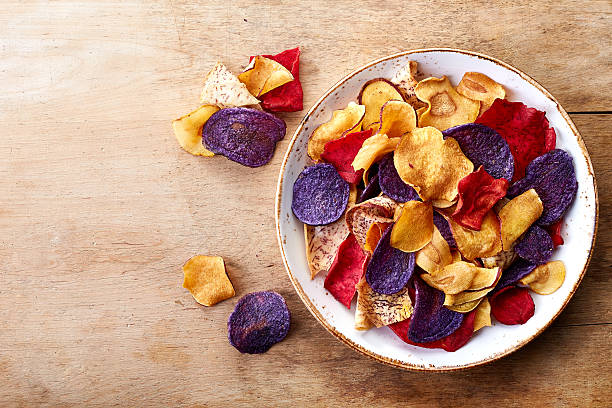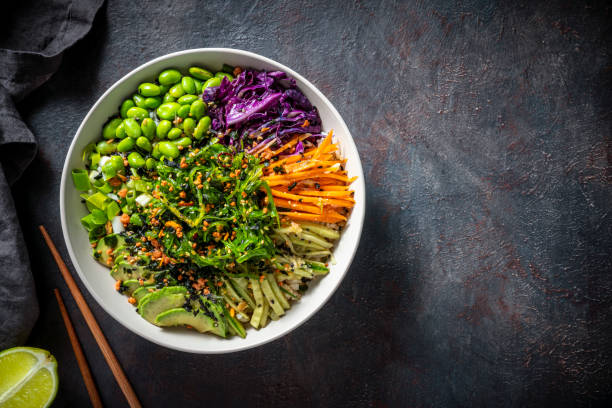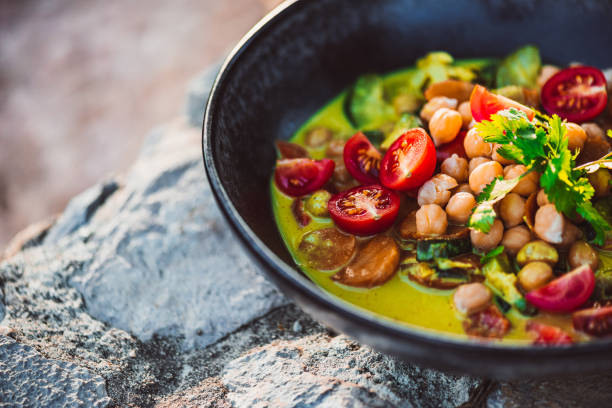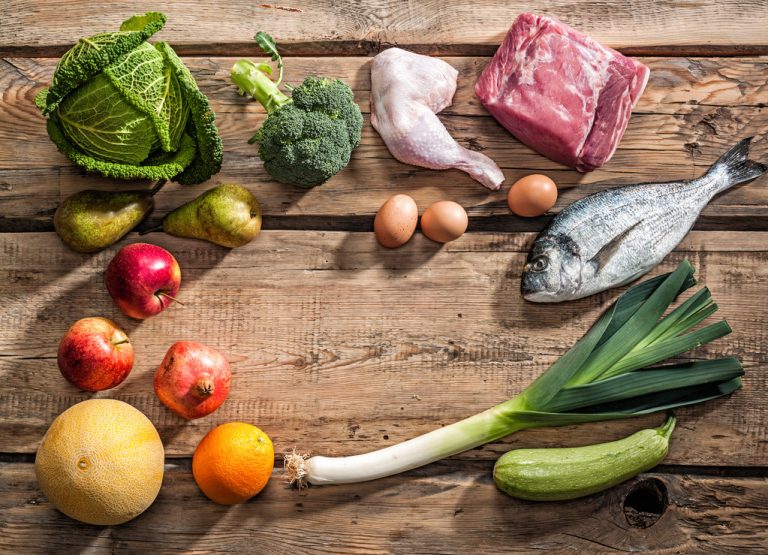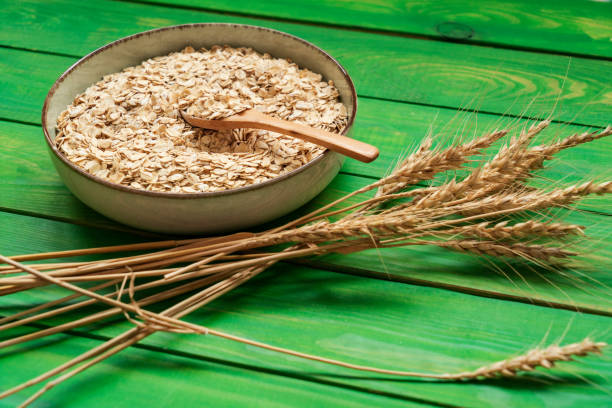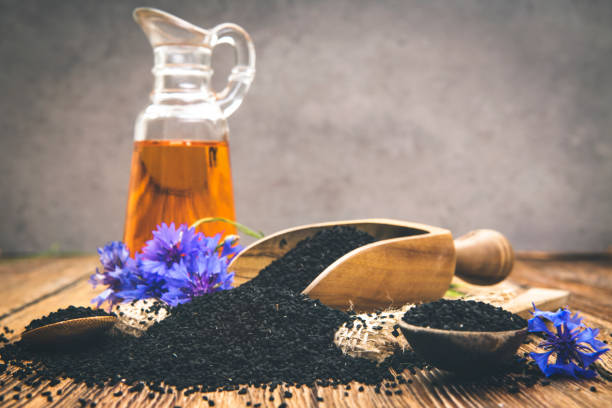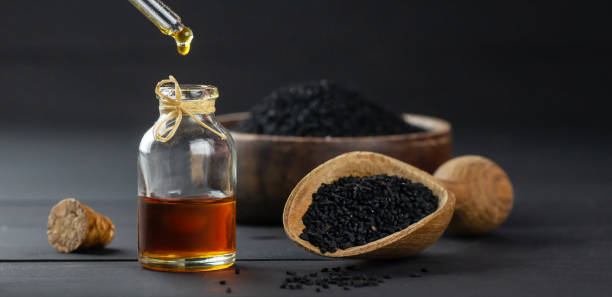A healthy breakfast often falls by the wayside due to lack of time. We can help: with our 7 practical breakfast ideas, which are either ready in a flash or can be prepared the evening before.
1. Overnight oats
As the name suggests, oatmeal is soaked in liquid overnight for this healthy breakfast idea. There are no limits to the imagination; everything that tastes good is allowed. Try these overnight oats with chocolate and figs – a real highlight in the morning!

Depending on your preferences, overnight oats can be prepared with normal milk, soy, almond, or rice milk, for example. The addition of cocoa, nut butter, and co. also brings variety to the oatmeal. In the morning, the creamy breakfast is then only refined with fresh fruit and nuts, for example, figs, pistachios, and other delicacies.
2. Granola balls and granola bars
Small granola balls or granola bars are a good choice for anyone who does not have a particularly large appetite in the morning and is looking for breakfast ideas on the go. Because the mix of almonds, dates, nuts, and much more is a kind of “muesli to go” for those in a hurry.
You can prepare the morning snack a few days in advance because the small balls will keep in the refrigerator for some time if they are kept cool. How about, for example, wake-up energy balls or these delicious muesli bars with apricots and flaxseed?
3. Sandwiches
This idea can also be prepared in advance or is ready in no time in the morning. Sandwiches are also great for on the go. The classic sandwiches provide plenty of fiber and give you energy for the day, and the toppings can be varied as you like.
A great idea, for example, is the cream cheese toast with figs – doesn’t that look delicious? You will find many more recipe ideas in the cookbook “Bunt topped sandwiches”.
4. Breakfast smoothie
A good choice for morning grouches: muesli to drink. Fresh fruit, oatmeal, and yogurt or milk are mixed together in just five minutes. If you like, you can refine the filling drink with seasonal fruit or vegetables, for example.
How about a plum and date shake, for example, or a wonderfully green lamb’s lettuce and pear smoothie?
5. Breakfast Muffins
Breakfast muffins with blueberries – Our variant with wholemeal spelled flour, banana, and blueberries can be baked the evening before and will impress the whole family. Alternatively, the version with apple and carrot might be something for you.
6. Chia pudding
The taste of chia pudding is not for everyone. But breakfast is just bursting with nutrients! Another plus: You can soak the small seeds in the evening and simply garnish them with fresh fruit in the morning, such as in our chia pudding with banana or chia pudding with papaya, or nuts – also ideal for taking to the office. A great breakfast idea, right?
7. Profits

To make Proats yourself, simply mix oatmeal with milk, refine everything with spices as you like, add quark, and put everything in the fridge overnight – it couldn’t be easier! Garnish with fruit in the morning and the healthy lightning breakfast is ready. How about, for example, delicious autumnal products or buckwheat profits with apple, blueberries, and cashews?



